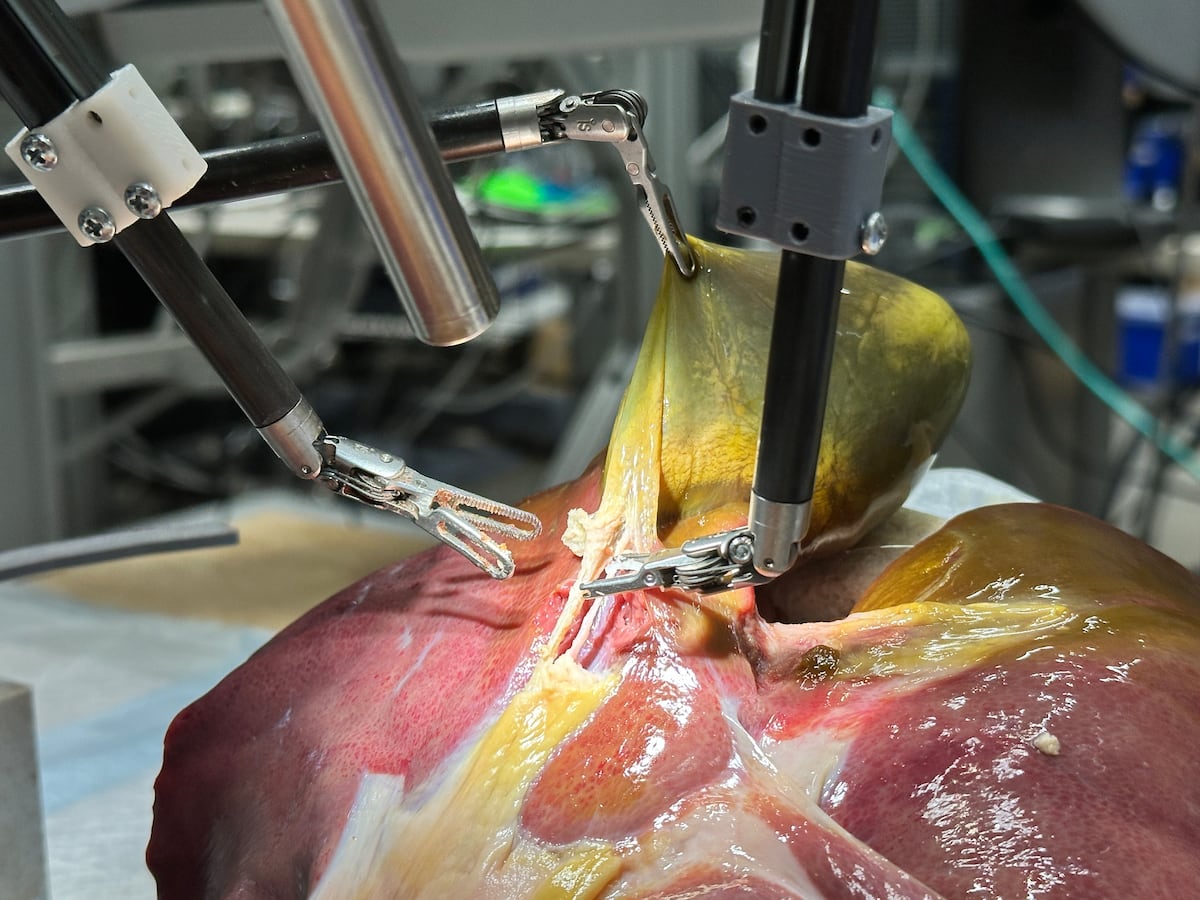
"The integration of generative artificial intelligence and machine learning into robotic surgical systems like Da Vinci is advancing towards fully autonomous surgical robots capable of performing procedures independently."
"Researchers have developed a system that can autonomously perform surgical procedures by learning from videos of human operations and interpreting commands in natural language."
"The Johns Hopkins team trained a surgical robot to perform basic tasks through imitation, using a machine learning system akin to ChatGPT but focused on robotic movement."
"In trials, robots demonstrated the ability to perform essential surgical tasks without human intervention based on extensive data collected from human surgeon demonstrations."
Generative artificial intelligence and machine learning are being integrated into robotic surgical systems, advancing towards autonomous robots capable of performing surgical procedures. Researchers from Johns Hopkins and Stanford conducted a study demonstrating a system that learns surgical techniques by analyzing videos of human surgeons and processing commands in natural language. The robot underwent training for basic surgical tasks through imitation, employing a machine learning framework that interprets robotic movements. The study revealed that robots could execute surgical tasks independently after learning from data collected during human-led demonstrations.
Read at english.elpais.com
Unable to calculate read time
Collection
[
|
...
]